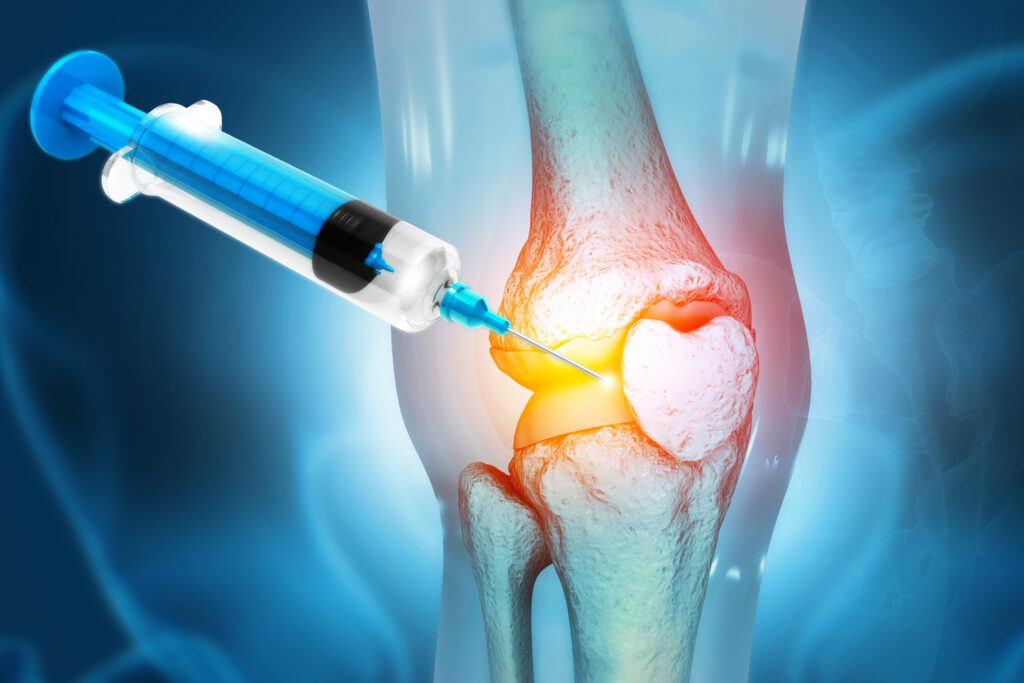Glenohumeral osteoarthritis (OA) is a condition that significantly impacts the quality of life for many individuals, causing shoulder pain and limiting mobility. This article explores the findings of a recent scientific journal that delves into the various conservative treatment options available for managing glenohumeral OA.
The authors of this study, including Nobuyuki Yamamoto, Dominik Szymski, Andreas Voss, Hiroaki Ishikawa, Takayuki Muraki, Ronaldo A Cunha, Benno Ejnisman, Joseph Noack, Eric McCarty, Mary K Mulcahey, and Eiji Itoi, highlight that glenohumeral OA is often characterized by not only pain but also a decrease in shoulder range of motion (ROM). Patients frequently compensate for the restricted motion with abnormal scapular movement, a phenomenon that physical therapy aims to address.
Physical therapy plays a critical role in the management of glenohumeral OA. It is designed to achieve three primary objectives: pain reduction, increased shoulder ROM, and protection of the glenohumeral joint. The approach to pain management is nuanced, as it is essential to determine whether pain occurs at rest or during movement. Physical therapy has proven to be more effective for alleviating pain associated with motion rather than pain at rest.
To enhance shoulder ROM, the treatment plan must identify and target the specific soft tissues contributing to the limitation. Strengthening exercises for the rotator cuff are also emphasized as a means of protecting the glenohumeral joint from further deterioration.
Pharmacological therapy complements physical therapy and is crucial in the conservative treatment of glenohumeral OA. The primary goal here is to reduce pain and inflammation in the joint. Non-steroidal anti-inflammatory drugs (NSAIDs) are recommended as the first-line treatment option, while supplementation with oral vitamins C and D may help slow down cartilage degeneration. This tailored medication approach takes into account individual patient comorbidities and contraindications, allowing for effective pain management that facilitates pain-free physical therapy.
The study also discusses the rising interest in biological therapies, including platelet-rich plasma, bone marrow aspirate concentrate, and mesenchymal stem cells. While positive clinical outcomes have been reported, there is a critical caveat: these biologics do not halt the progression of OA or improve the condition; instead, they primarily focus on alleviating shoulder pain. Further research is necessary to fully understand the effectiveness of these options.
For athletes suffering from glenohumeral OA, a combined approach of activity modification and physical therapy is often beneficial. While oral medications can provide temporary pain relief, intra-articular corticosteroid injections may offer longer-lasting effects, albeit with caution in athletic populations. The efficacy of hyaluronic acid injections remains mixed, and evidence regarding the use of biologics in this context is still limited.
In summary, the management of glenohumeral osteoarthritis requires a comprehensive and individualized approach, incorporating physical therapy, pharmacological treatment, and emerging biological therapies. The collaborative efforts of researchers and clinicians continue to advance our understanding and treatment of this common yet challenging condition.


